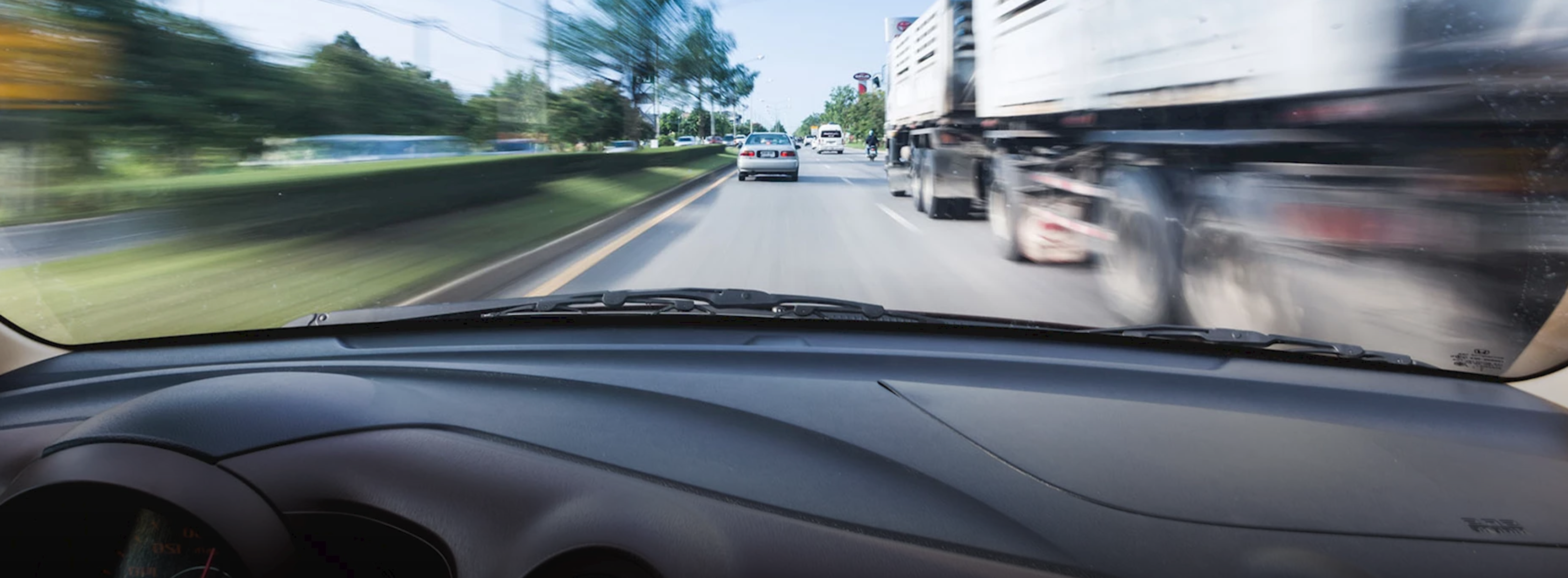by: Peter Glus, Senior Vice President, City Executive, Arcadis:
A new age of mobility or an urban nightmare will depend on how cities start planning today.

With automakers, technology firms and cities announcing pilot programs for autonomous vehicles at breakneck speed, the age of driverless cars is nearly upon us. And whether that future brings a new age of mobility or an urban nightmare will depend on how cities start planning today.
As people give up car ownership and shift to ridesourcing like Uber or Lyft or ultimately take to the streets in autonomous vehicles (AVs) managed through ridesourcing, cities will have to make complex decisions related to infrastructure, urban mobility, land use and social equity and inclusion. Public policy will play a decisive role in shaping AV technology and its impact on cities, as it did during past technological revolutions involving the railroad, the streetcar and the automobile.
Benefit or Risk?
Cities that do nothing face major risks. If proper policies are not in place, transit agencies may lose revenues, professional taxi drivers may be unemployed, cities may be left with large areas of empty parking spaces, and residents and businesses may move in large numbers to suburban and rural areas.
On the other hand, cities that prepare for this technology can reap many benefits, such as the removal of millions of cars from the road, a more sustainable environment, increased mobility, efficiency and social equity, new employment opportunities for drivers and redevelopment of existing parking spaces.
To help cities understand critical issues, Arcadis joined with two other industry leaders, HR&A Advisors and Sam Schwartz Consulting, to write a new study, “Driverless Future: A Policy Roadmap for City Leaders.”
One of the collaborators on this study, Joe Iacobucci, Shared Mobility Practice Leader and Director of Transit for Sam Schwartz Consulting, notes, “In the study, we identified that approximately 50 percent of drivers in the New York metro area would shift to ridesourcing services based on cost alone. Other factors like the cost for parking may drive the percentage lower in other cities, but the shift could be in the millions for every city.”
The Potential Impact
By analyzing three urban cities, New York, Los Angeles and Dallas, we found that there could be an impact of seven million drivers shifting from traditional modes of transportation to using AVs. This possibility that millions of people would give up car ownership offers an opportunity to alleviate congestion, provide equitable access to jobs and services, and create development that is more inclusive and sustainable. However, it is also expected that vehicle miles traveled will rise as consumers are exposed to new mobility services leading to more congestion and reversing the benefits AV can bring to cities. The way forward will depend on policies created today.
Instead of looking at this trend as being about how private transit causes defection from public transit, we need to think about how we can use public transit and private transit together by asking the right questions. How can we encourage private transit to fill in the voids left by public transit infrastructure? What policies can we put in place to promote and encourage private transit to flow into the areas of the city that need greater access to jobs and increased economic development? How can cities that don’t have the capital to extend large public transit projects move forward?
The objective of “Driverless Future: A Policy Roadmap for City Leaders” is to explore the key priorities city policymakers need to consider to minimize risks, maximize potential benefits, and ensure this transportation revolution will improve quality of life in our cities.
Future Cities
HR&A President and Transportation Practice Leader and co-author of this study, Eric Rothman, points to land use benefits.
“Assuming that policies are in place to make driverless cars shared, there can be tremendous opportunities for cities and the entire country to reduce the amount of land dedicated to parking – and the numbers are surprising,”
— Eric Rothman
“There are eight parking spaces per car in the United States This represents about two billion parking spaces nationally,” Rothman adds. “While individual parking spaces are small, together they consume a land area equivalent to the entire states of Vermont and Connecticut combined. Parking often takes up 45 percent to 65 percent of a typical U.S. city. If driverless cars can be shared, this allows cities to separate the location of parking from the use of the parking. You can dramatically reduce the number of city parking spaces by moving them to outlying locations where land is more available and costs are cheaper.”
Taking these insights a step further, the study shows that these changes can lead to more affordable and walkable mixed-use development in cities and suburbs. Further, vehicle data technology can improve a commuter’s trip experience through the development of universal apps and single fare payment systems that work across various transportation modes.
While the pace of AV technology adoption into the fabric of our cities is unclear, we know its imminence is certain. City leaders, along with transportation agencies, private operators, developers and partners, have an obligation to define policies sooner than later to deliver a sustainable driverless future.
Learn more at www.arcadis.com/driverlessfuture


